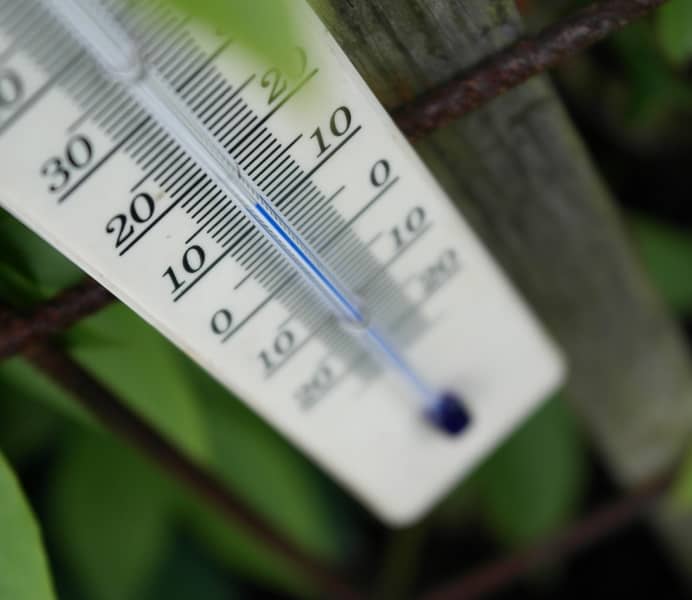What is a Weather Radar?
A weather radar is a tool used to monitor and forecast weather, especially atmospheric phenomena like rain, snow, hail, or storms. It works by emitting radio waves that bounce off water droplets, ice crystals, or other particles in the atmosphere, and then return to the radar. Based on the time it takes for the wave to return and the change in frequency of the reflected waves, the radar can determine the distance, speed, intensity, and type of precipitation.
How Does a Weather Radar Work?
- Emission of Radio Waves: The radar sends out short pulses of radio waves into the atmosphere.
- Reflection: These waves bounce off particles in the atmosphere (e.g., water droplets, ice crystals).
- Reception: The radar receives the reflected radio waves.
- Data Analysis: Based on the reflected waves, the radar analyzes where and in what quantity precipitation is occurring. It can also determine the speed of the precipitation’s movement using the Doppler effect.

Applications of Weather Radar:
- Weather Forecasting: It helps meteorologists predict atmospheric phenomena such as storms or precipitation.
- Warnings for Extreme Weather Events: It allows the detection of strong storms, tornadoes, or hail, enabling early warnings for the public.
- Aviation: It aids in air navigation by helping avoid dangerous weather conditions.
Types of Weather Radars:
- Doppler Radar: Measures the speed of atmospheric particles, allowing the detection of rotation in storms and potential tornadoes.
- Phased-Array Radar: Can quickly scan a large portion of the sky, useful for tracking rapidly changing weather conditions.
Weather radar is a crucial tool in meteorology, enabling accurate monitoring and forecasting of weather conditions, which is vital for public safety and planning various activities.











